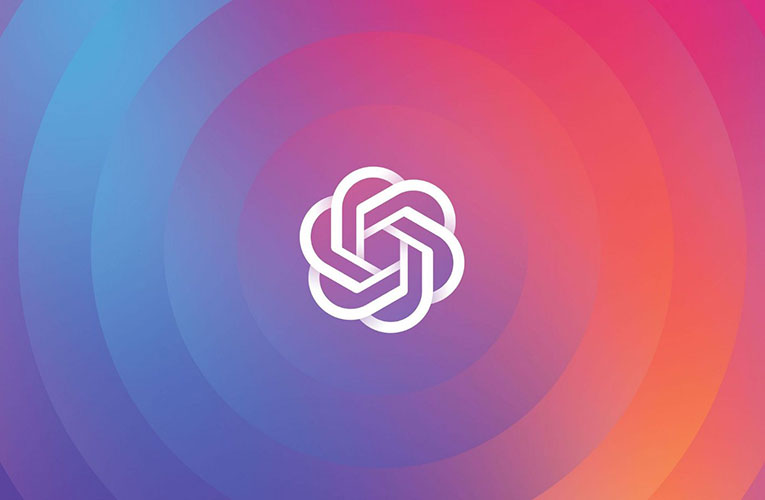
In just five days, Chat GPT, the latest language model from OpenAI, has gained a user base of over one million individuals. This rapid adoption rate has caught the attention of many, particularly when compared to the adoption rates of other popular platforms such as Netflix, Facebook, and Instagram, which took 41 months, 10 months, and 2.5 months, respectively, to reach the same level of popularity.
One of the key features of Chat GPT is its ability to understand and answer open-ended questions about any topic. This capability was achieved through the use of supervised reinforcement learning, a training method in which multiple versions of responses are ranked by humans and the AI is digitally rewarded for improving. The resulting model is 100 times smaller than OpenAI's previous language model, GPT-3, but still performs better.
In addition to its impressive performance, Chat GPT has a wide range of practical applications. It has been used for tasks such as mentoring individuals with poor literacy skills, providing mental health support, and generating code. Its potential to enhance productivity has garnered interest from entrepreneurs and industry experts.
OpenAI CEO Sam Altman commented on the potential impact of Chat GPT on various industries: “My work at OpenAI reminds me every day about the magnitude of the socioeconomic change that is coming sooner than most people believe, Software that can think and learn will do more and more of the work that people now do.”'
While Chat GPT has generated a lot of buzz, it remains to be seen how it will be adopted and used in practice. Its rapid adoption and versatility suggest that it has the potential to change the way we work and interact with AI, but only time will tell.

